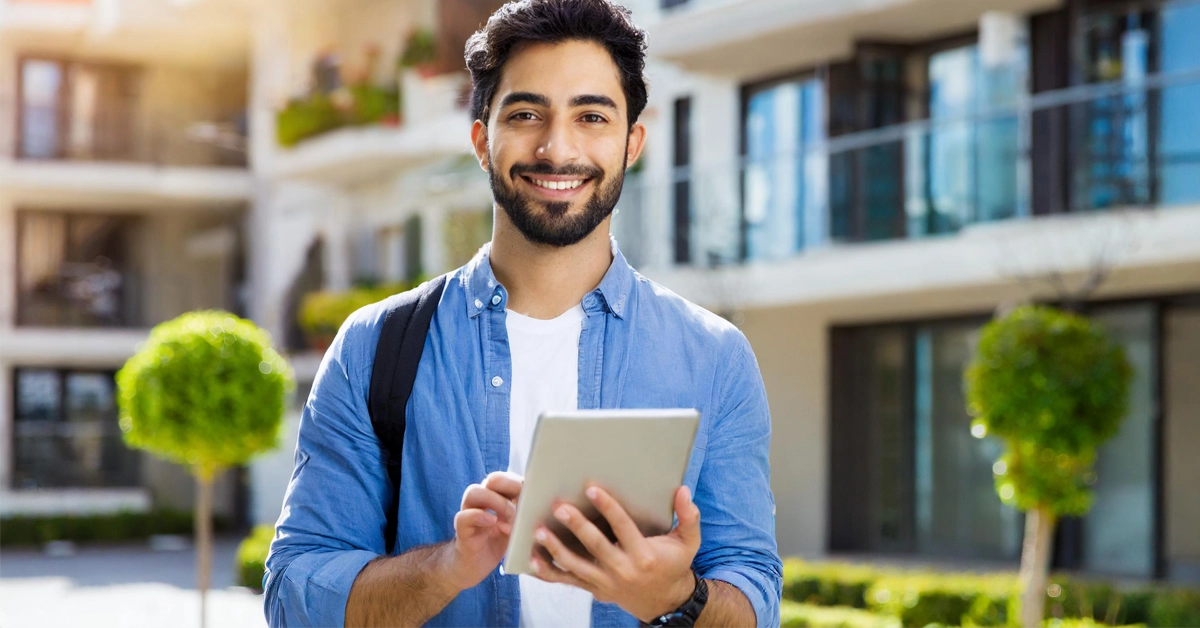Data Center Cooling Systems
How do precision air conditioning units differ from traditional air conditioning systems in data centers?
Precision air conditioning units differ from traditional air conditioning systems in data centers by providing more precise control over temperature and humidity levels. Traditional systems typically operate on a set temperature range, while precision units can adjust settings to meet the specific needs of sensitive equipment. This targeted cooling approach helps prevent hot spots and ensures consistent conditions throughout the data center, improving overall performance and reliability.








